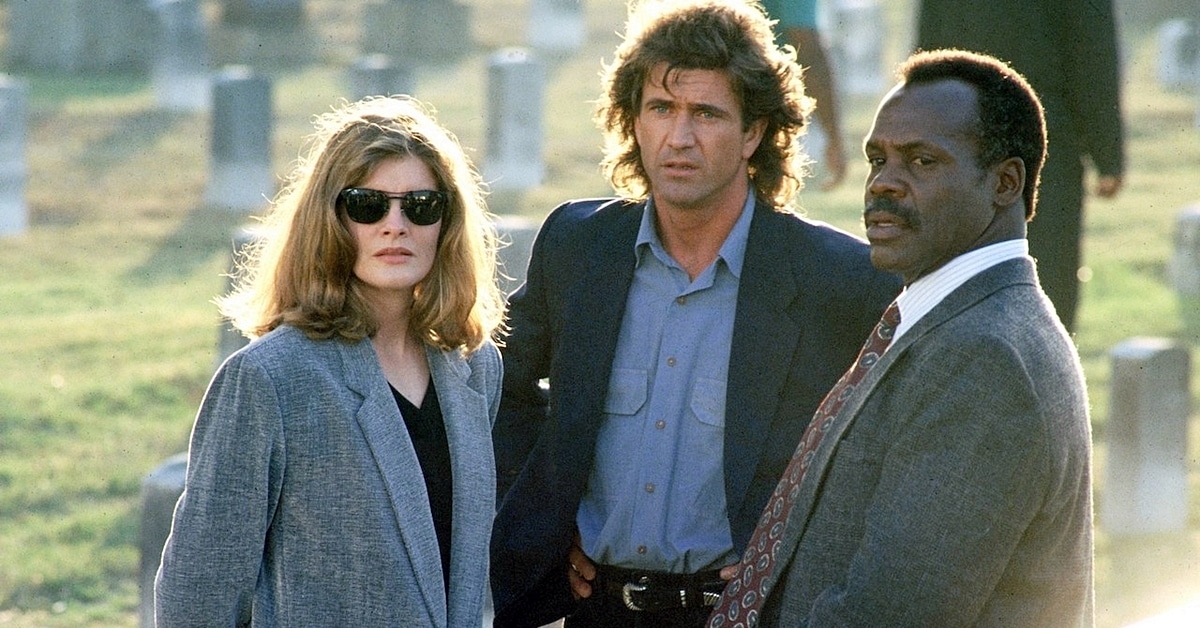We’ve already supplied you with a generous amount of exciting, explosive facts about 1987’s Lethal Weapon and its 1989 follow up Lethal Weapon 2, so we thought it was only right that we continue our exploration of this legendary buddy cop action series with a look at 1992’s third instalment.
With the late Richard Donner still at the helm, Mel Gibson and Danny Glover back as Riggs and Murtaugh, Joe Pesci still providing the wisecracks and the incredible Rene Russo added to the already impressive ensemble, Lethal Weapon 3 is a belter of an action sequel – and here are some facts about the film which you might not have known.
10. Carrie Fisher did some uncredited work on the screenplay
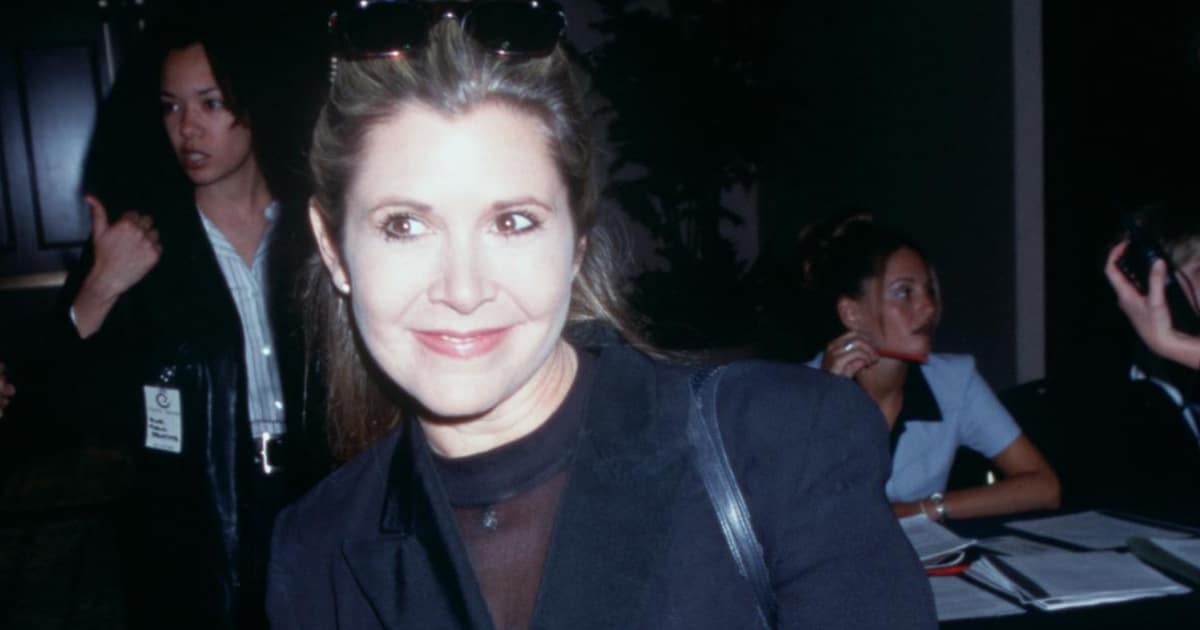
Lethal Weapon 3’s script underwent extensive rewrites and changes before its director Richard Donner was happy to begin filming, with screenwriter Jeffrey Boam’s first two drafts said to be completely different to the version of the film that eventually hit cinemas.
The late Star Wars actress Carrie Fisher, who also contributed to the scripts for Hook, Sister Act, The Wedding Singer and Last Action Hero among many others, was asked to carry out some uncredited work on the screenplay.
9. Joe Pesci’s character was not in the original script
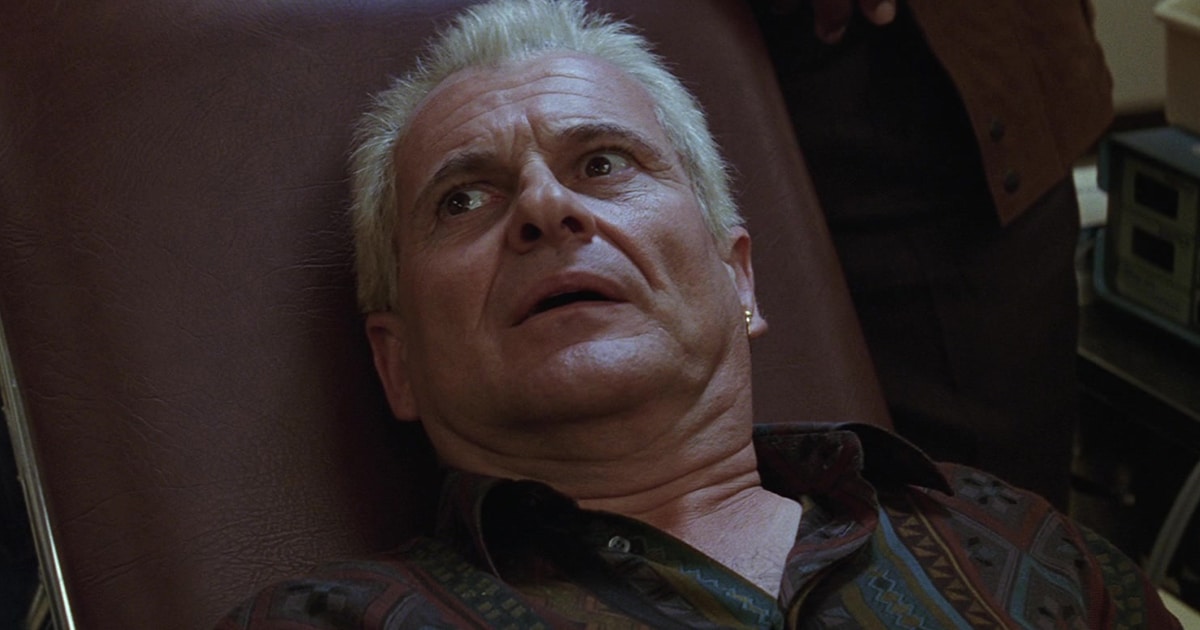
Jeffrey Boam’s early drafts of the film’s script explained that Joe Pesci’s character Leo Getz had left Los Angeles for New York, but Richard Donner was desperate to bring him back.
Keen to expand on the relationship between Riggs and Murtaugh, Donner toned down a number of the script’s action scenes and lessened the focus on over the top villains and distracting plot strands.
8. It could have starred Michelle Pfeiffer and Al Pacino

A number of actresses were considered for the role of LAPD Internal Affairs agent Lorna Cole before Rene Russo was cast. These included Michelle Pfeiffer and Jodie Foster. (Mel Gibson and director Richard Donner would later work with Foster on 1994 western Maverick.)
Also, many legendary Hollywood stars were sought to play Jack Travis, including Al Pacino, Robert De Niro, Jack Nicholson, Gene Hackman, James Caan, Michael Keaton, John Travolta and Alec Baldwin. Instead, British actor Stuart Wilson took the role.
7. Filmmakers demolished the former City Hall building in Florida
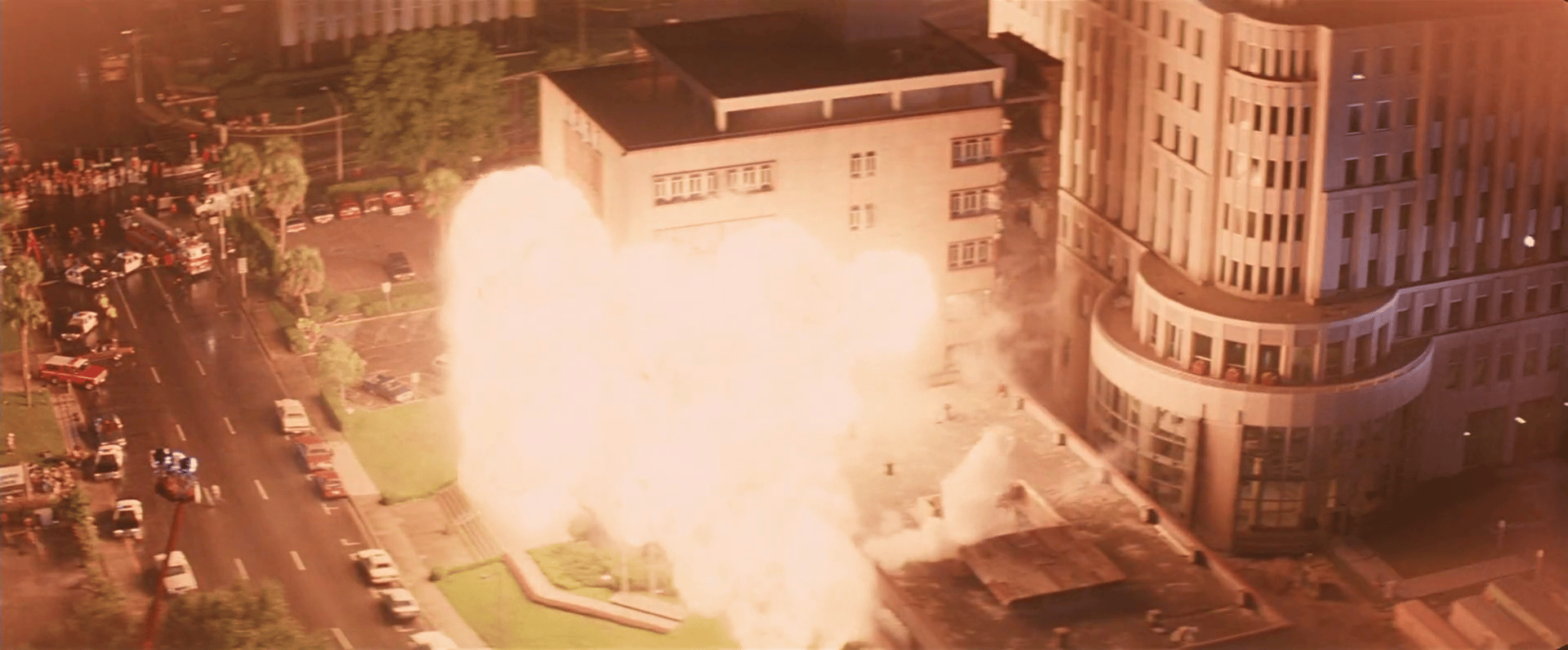
Lethal Weapon 3’s memorable opening scene sees Mel Gibson’s character Martin Riggs accidentally setting of a bomb that completely destroys a building. No CGI here: Warner Bros. paid half a million dollars to blow up a very real building, which was actually Orlando’s former City Hall.
Orlando’s mayor of the time, Bill Frederick, even makes a brief appearance in in the scene. He plays the policeman who gives a sarcastic “bravo!” to Riggs and Murtaugh after the explosion.
6. A real under-construction housing development was set alight

The destructive tendencies of the film’s crew didn’t end after the destruction of Orlando’s old City Hall (which had to be carefully planned to avoid it collapsing on the brand new City Hall building right beside it). The filmmakers also destroyed the former Soreno Hotel in St. Petersburg, Florida.
And not only that, but the film’s flaming climax saw them set fire to a real under-construction housing estate in California, which had been left abandoned.
5. Richard Donner used the film to communicate his passion for animal rights
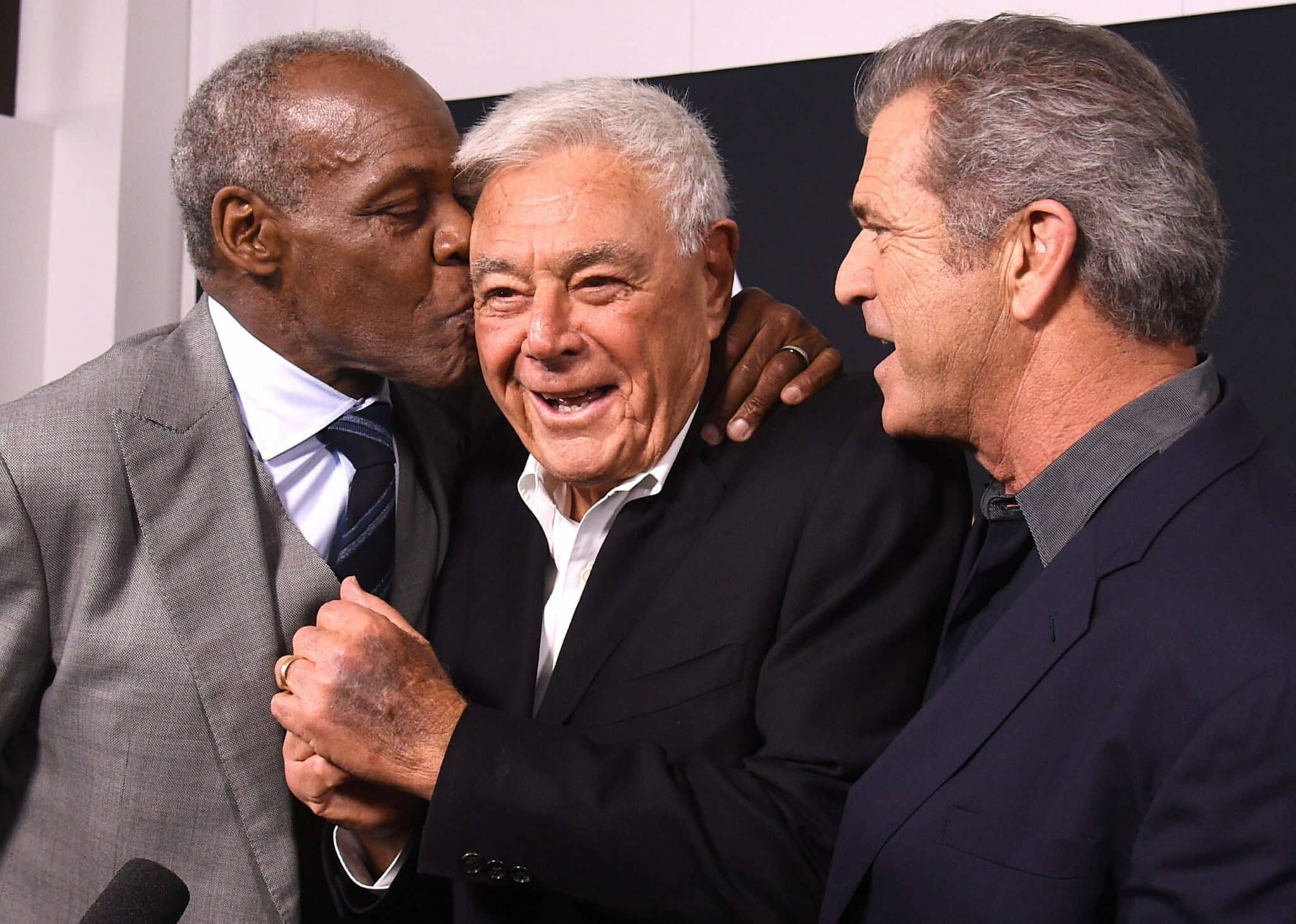
The late Richard Donner, who directed all four Lethal Weapon films in addition to The Omen, Superman and The Goonies, was a passionate animal rights activist who communicated his beliefs through a number of Lethal Weapon 3’s scenes.
Examples include a lorry with an anti-fur slogan on the side, a t-shirt worn by one of Murtaugh’s daughters, and a sticker on a police station locker.
4. Riggs’ scars come directly from the events of Lethal Weapon 2
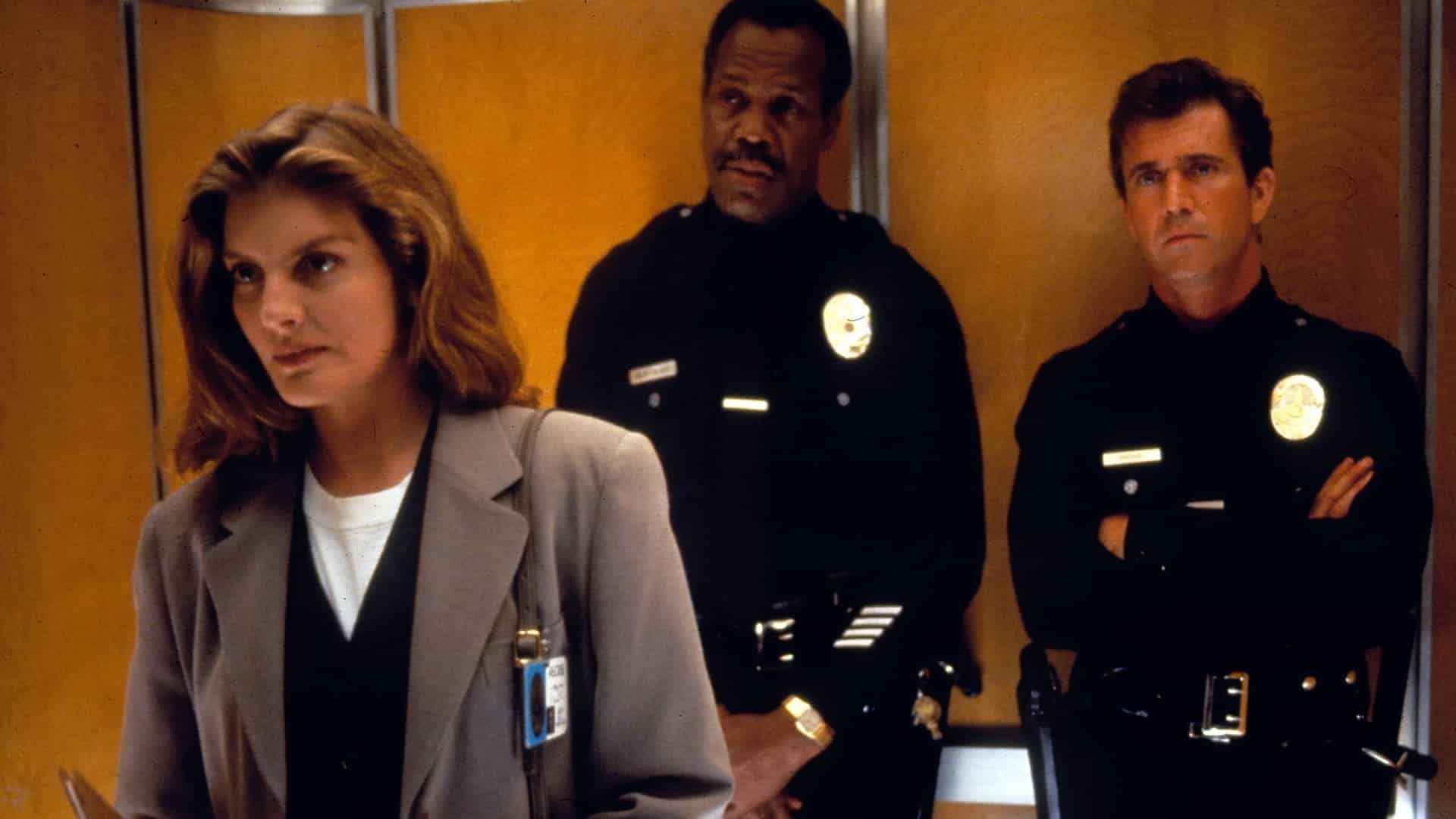
You may have seen the Lethal Weapon 3 scene – which was removed from the theatrical cut but later re-added to the director’s cut – in which Riggs and Lorna compare scars, but did you know that many of Riggs’ injuries come directly from the events of the previous film in the franchise?
Examples of Riggs’ Lethal Weapon 2 scars include a knife wound to the back of his leg and the bullet in his lung.
3. Promotional 3-D cutouts featured a motorised Joe Pesci

We’re all familiar with 3-D cutouts advertising upcoming films in cinemas, but Lethal Weapon 3’s marketing team went one step further when promoting their work.
Mirroring the film’s poster, Lethal Weapon 3’s 3-D board saw Joe Pesci peeking from behind the statuesque Mel Gibson and Danny Glover, but with the added inclusion of motor that caused the diminutive actor’s head to bob up and down behind his taller co-stars.
2. It inspired a video game and even a Pinball machine
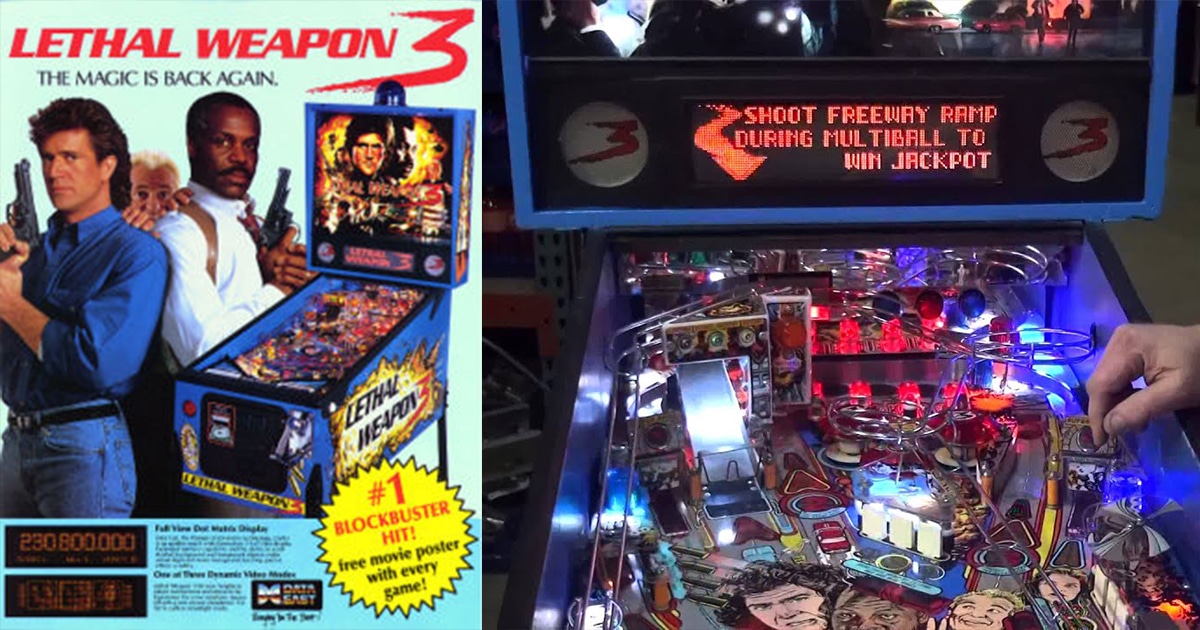
Lethal Weapon 3’s cinematic outing coincided with the release of a side-scrolling video game based on the franchise, which was available to purchase for the NES, SNES, Game Boy, Atari ST and Commodore 64.
That wasn’t the only Lethal Weapon gaming opportunity that came our way either, because 1992 saw the release of a tie-in pinball machine, which featured digitised movie clips and went on to become one of the most popular pinball machines of all time.
1. It is the highest-grossing film in the franchise

Despite mixed reviews, the film was a big box office success, making more than $320 million worldwide from a budget of $35 million. This makes Lethal Weapon 3 the highest grossing installment in the four film franchise, as well as the fifth highest grossing film of 1992.
By contrast, 1998’s Lethal Weapon 4 cost somewhere between $100-150 million and earned only $285.4 million, and marked the end of the franchise.

